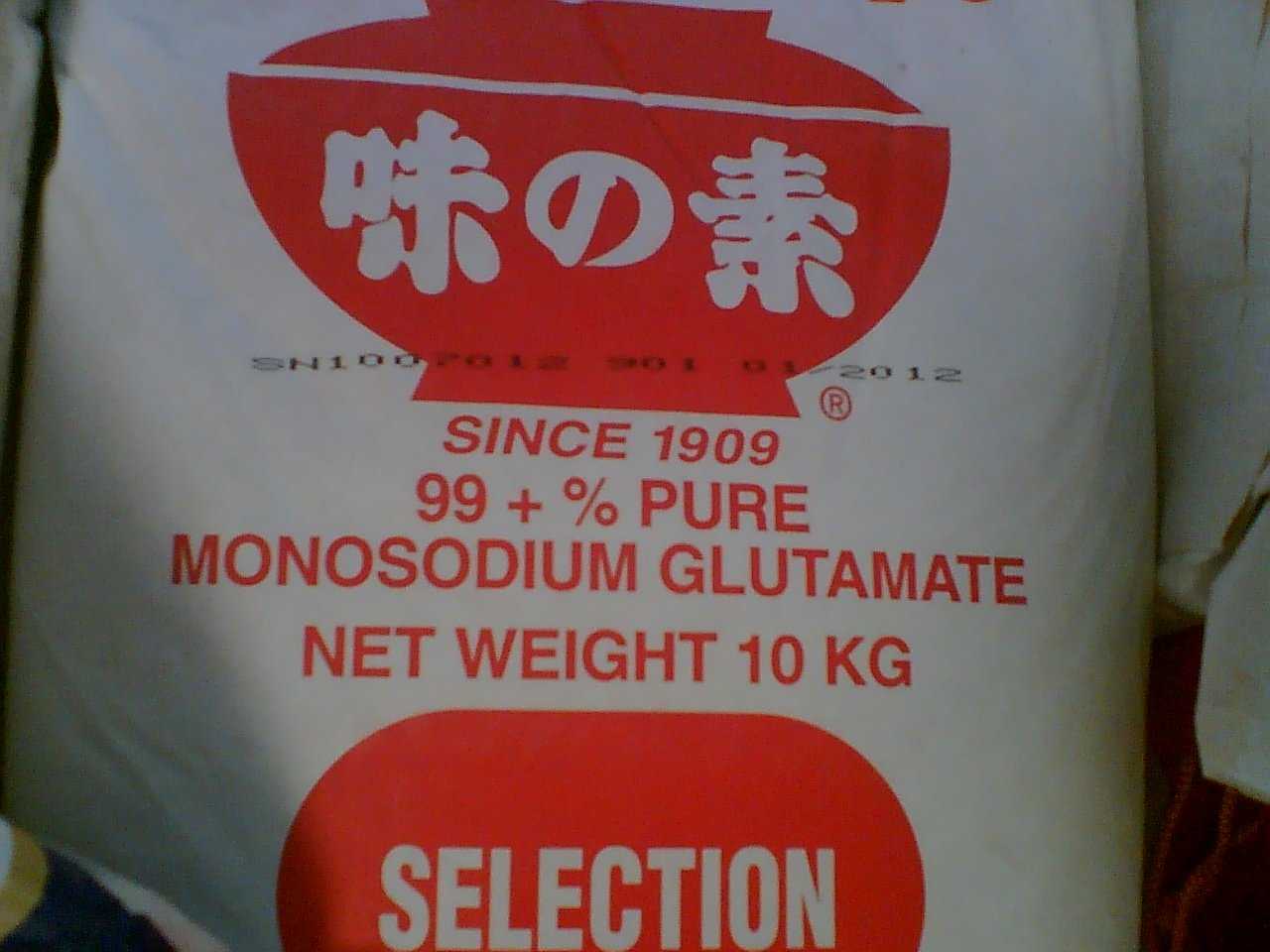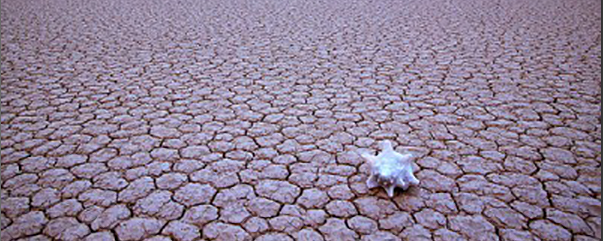The MSG Myth
Monosodium glutamate, abbreviated as MSG, is one of the most extensively researched food ingredients. The extensive research may have arisen from a number of factors; however, controversies surrounding the food additive may be the major cause. At this point, it is important to note that MSG has been used as a flavor enhancer for a long time. For a long time it has been added in Chinese foods, canned vegetables, and processed meats. Despite the controversies revolving around the flavor enhancer, several food safety institutions, including the United States’ Food and Drug Administration (FDA), have categorized the product as one that is “generally safe to use”.
MSG is manufactured through a process called fermentation. It is made using a procedure that other product like beer, vinegar, and yoghurt follow. Carbohydrates from food crops like corn, cassava, and cane are fermented to produce glutamate which is then purified and crystallized before drying. The resulting product is a pure white crystal which dissolves and blends well in many recipes.
Because MSG is often added to foods in form of MSG seasoning, it means that the amount of agent that an average person can consume per meal is very small. In that case, an average person can only consume 10 grams of bound MSG and up to 1 gram of free glutamate daily. Most of the consumed glutamate follows the digestive system and is digested, together with foods, to produce energy. This means that it rarely reaches the blood stream.
Since 1908, MSG has been used safely as food ingredient and a seasoning agent. Numerous studies have been undertaken by stakeholders in the food industry to establish the product’s role in the diet and its safety. Unsurprisingly, results from most of these studies have consistently shown that the product is safe for human use. Better still, the results show that MSG can be used by everyone, including young children and expectant mothers. Thanks to the myths associated with MSG, authorities, including FDA, require food manufacturers using MSG as a seasoning agent or ingredient to add a label on the package to that effect.
There are a few people who complain that their bodies are sensitive to both glutamate and glutamate seasoning. However, their claim may not necessarily be authentic. Most of the processed foods we consume on a daily basis, including canned vegetables, fish, and meat contain MSG. Where necessary, manufacturers include a label on the food’s packet declaring that the product contains MSG. Decades of painstaking research; however, have shown that there is no evidence to link MSG to any form of food sensitivity. Those who purport to experience the sensitivity symptoms rarely exhibit the symptoms when they are carefully studied and observed in controlled experiments. This only suggests that their alleged sensitivity is caused by a belief that MSG causes sensitivity or their sensitivity is caused by something else.
As to whether pregnant and lactating mothers can use MSG, studies have confirmed that the product can safely be used by these categories of people. Studies have consistently established that human milk contains high levels of glutamate than the MSG that can average person can consume daily. As mentioned earlier, an average person can only consume 1 gram of free glutamate. Lactating babies, conversely, consume up to 200 grams of free glutamate from their mothers’ milk.
There are still a host of other reactions associated with MSG. The reactions are better known as “MSG symptoms complex”. Top on the list of the reactions associated with MSG is headaches. Some believe that headaches that may be experienced after visiting a Chinese restaurant are caused by MSG. There is, however, no solid evidence to back these claims. Other reactions thought to be caused by MSG include overall body weaknesses, flushing, chest pains, nausea, vomiting, numbness, and facial tightness. Still, there is nothing credible that links MSG to these reactions.
So far, there is nothing that should prevent consumers from consuming monosodium glutamate. Several extensive scientific and health evaluations seem to have exonerated it from any form of wrong doing on human beings.
Surprisingly, the food additive has been cleared for use by the most sensitive categories of people- expectant mothers and young babies. The additive, used as a flavor enhancer, can reduce the amount of sodium used in foods by up to 40 percent. MSG, thus, deserves a clean bill of health.








